A TRAVEL NEWS ARTICLE ABOUT GERMANY
'CULTURE & INDUSTRY IN THE RUHR'
A big surprise awaited me on visiting friends who live near Bochum in the southern part of the Ruhr area of Northern Germany. I was expecting to be surrounded by the heavy industry with which I have always associated the Ruhr. Instead, near where they lived, I found the River Ruhr flowing through gentle farmland and wooded hillsides, past black and white timbered villages with picturesque churches and castles. A peaceful cycle-path runs beside it for 233 kilometres (145 miles).
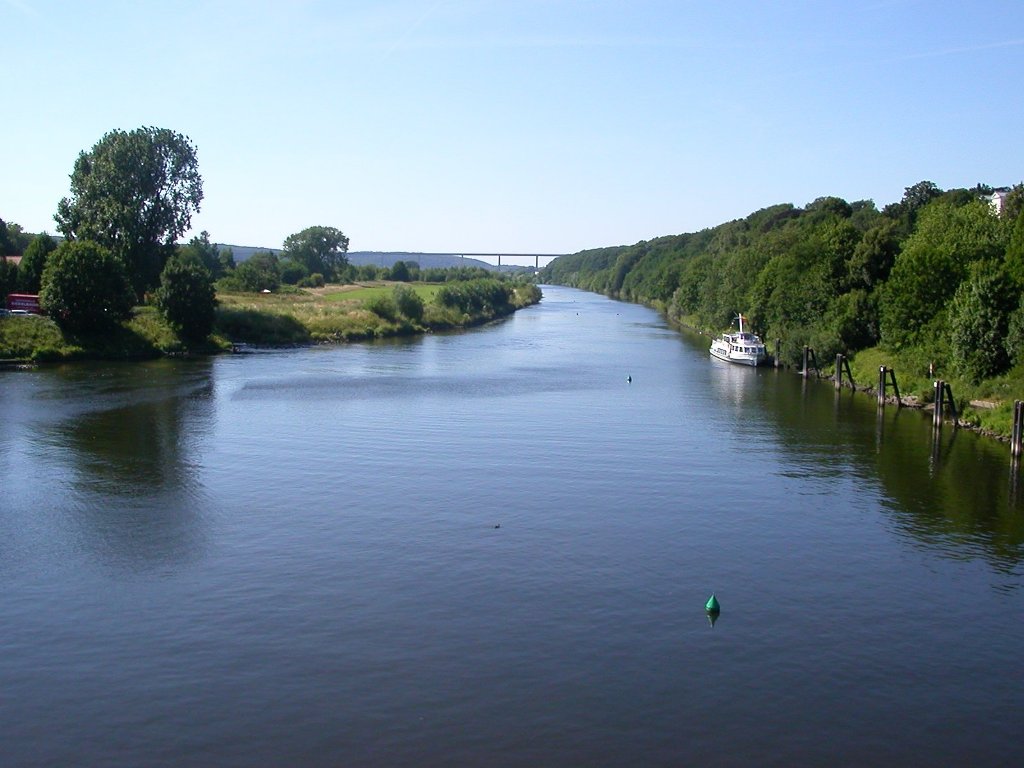
The River Ruhr
Exploring further afield, I soon discovered that the main cities – Essen, Duisburg and Dortmund – all boast opera houses, concert halls and art galleries that can match any in Germany. No wonder then that the whole area, all 53 towns and cities, was chosen as one of 2010’s European Capitals of Culture, prompting a growth in arts centres, museums and cultural events.
Of course you can still see plenty of relics of the Ruhr’s industrial – and rather more prosperous – past, such as chimney-stacks and colliery winding wheels, but even some of the least likely buildings have been imaginatively transformed into visitor attractions.
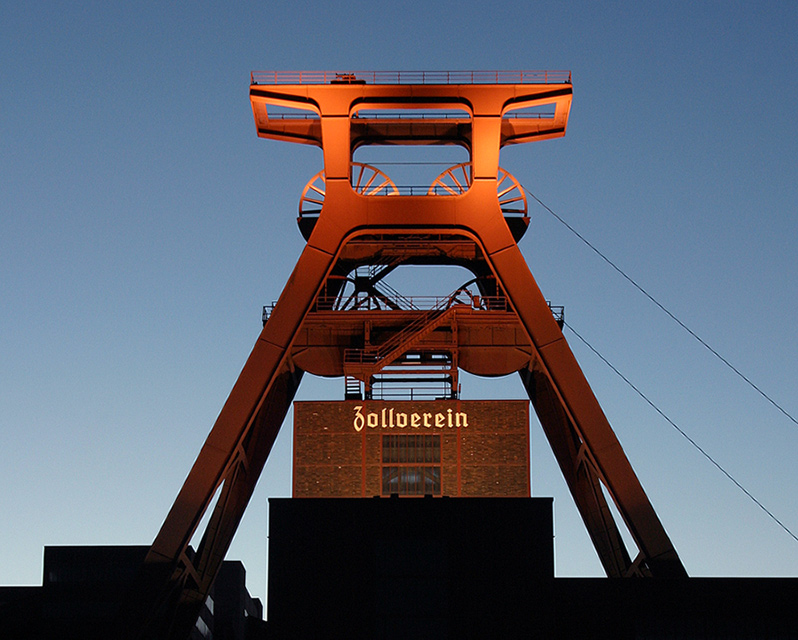
The Zollverein in Essen
The Zollverein in Essen, once Europe’s biggest colliery, closed in 1986. Now it is a UNESCO World Heritage Site offering guided tours of the cavernous building where coal was once washed and graded. The former boiler room houses the Red Dot Design Museum, which displays 1,500 award-winning products.
Another legacy of the city’s industrial past is the Villa Hugel, a mansion with no less than 220 rooms, standing in a large park on the edge of Essen; it was formerly the home of the Krupp family, who once owned many of the area’s factories, but now stages exhibitions. Nearby Lake Baldeney is popular for sailing and boat trips.
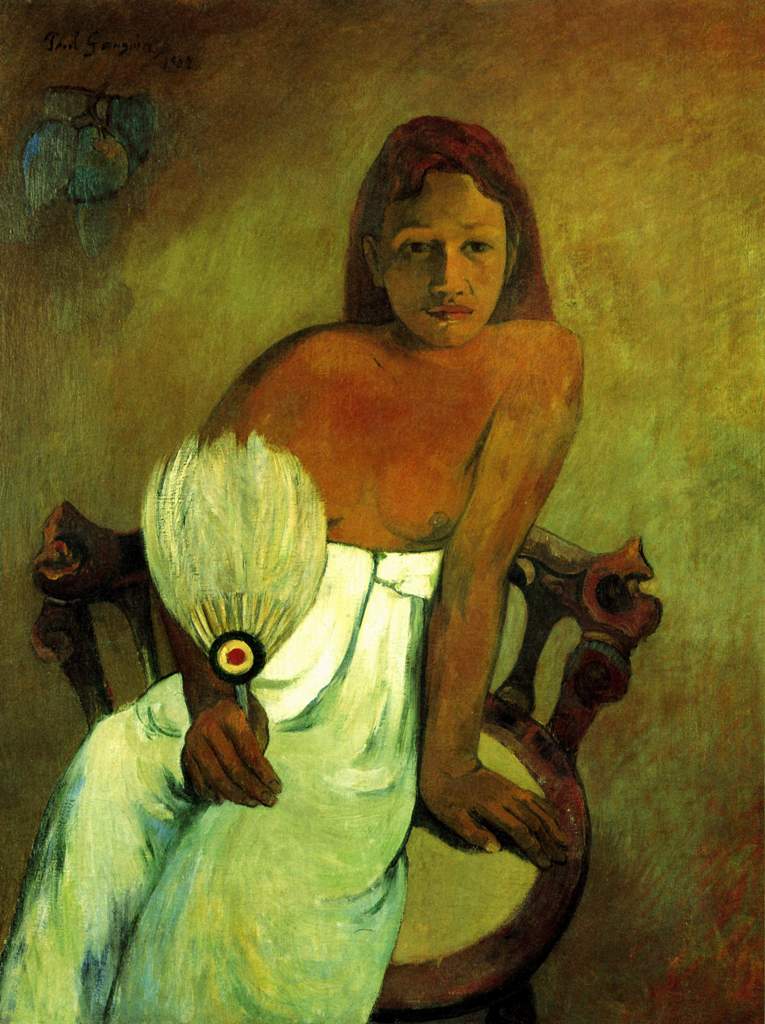
A Paul Gauguin at the Folkwang Museum
But Essen’s real gem is the Folkwang Museum, recently reopened after extensive refurbishment, which houses a world-renowned collection of Impressionist paintings. More treasures are on display in the crypt of Essen’s Cathedral, including a rare 10th-century Madonna.
In Duisburg, Europe’s largest inland port where the Ruhr flows into the Rhine, the 200-hectare Landschaftspark was once the site of a huge open-air foundry but is now colonised by bushes and trees. Visitors can climb a series of metal steps to the top of its massive old blast furnaces. At weekends everything is colourfully floodlit, making it a truly futuristic scene.
Beside Landschaftspark is a bigger surprise – a gasometer which has become a scuba-diving centre. Filled with water, it even has an artificial reef and sunken wreck. Nearby, old storage bunkers are now being used as climbing walls, with equipment and instruction on offer. Surrounding everything are leafy trails for walking and cycling.
At Oberhausen, Europe’s tallest gasometer – 39 metres (128 feet) high and 22.5 metres (74 feet) across – has been turned into what must surely be the world’s most extraordinary exhibition centre. The current exhibition is devoted to the planets and features a giant moon suspended from the roof of the vast dark cylinder. A lift whisks visitors up to a rooftop viewing platform, for a panorama over the Ruhr.
Similarly, Dortmund has transformed the former warehouse and fermentation tower of the Dortmunder-Union brewery into an arts and media centre. Seven storeys high and topped by an iconic ‘U’, it now houses the city’s Museum am Ostwall, which features works by 20th- and 21st-century artists.

Dortmund's Rombergpark
The famous Love Parade, one of the world’s biggest annual street parties, will take place again this July (2011) in Duisburg.
As the spotlight of Capital of Culture moves on, the Ruhr area will certainly continue to enjoy its new cultural image.
For more information and a list of events, visit www.germany-tourism.co.uk.
You may also like to read
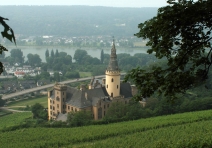
GERMANY, RHINELAND-PALATINATE
Anna Hyman, Tour-smart's Editor recommends visiting Germany's beautiful Rhineland-Palatinate.
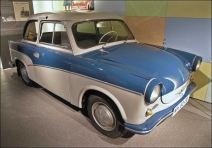
GERMANY - CARS AND TRAINS IN IT'S CULTURAL HEART.
Car and trains in Saxony are the stars of this article by Tour-smart's Editor Anna.
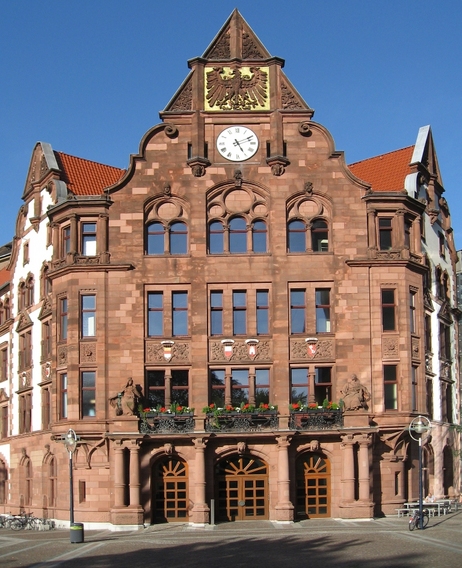
Comments